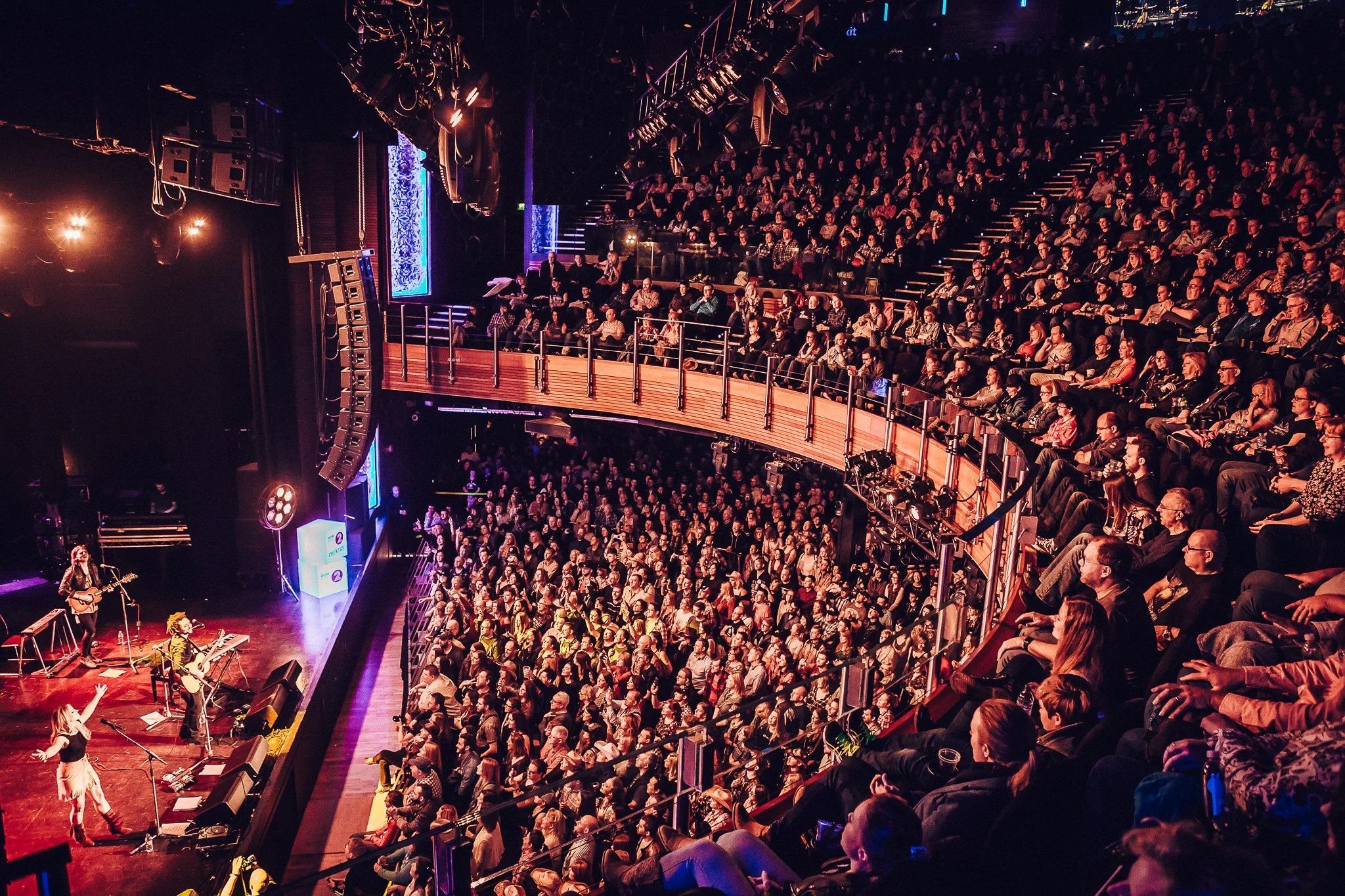Beauty has always carried messages. It signals identity, status, and belonging. It can whisper a private ritual or declare a public ideal. Across centuries, people have soaked, scrubbed, masked, and massaged in search of renewal. The modern med-spa is the latest setting for this universal story. It blends clinical precision with sensory design. It promises results, yet it borrows the calm of old sanctuaries. To understand why med-spas feel both new and familiar, it helps to read the cultural codes that shaped them. Those codes reach back to the earliest baths and forward to today’s biometric scans. They show how humanity keeps returning to the body to make meaning.
Origins of the ritual
In ancient Egypt, beauty was daily practice and spiritual language. Honey softened skin. Oils sealed moisture against desert air. Liner around the eyes protected against glare and signaled care for the self. These choices were aesthetic, but they were also protective and symbolic. A person moved through the world with signs of order on the face and skin. The body became a site where health, magic, and presentation met.
In Greece, public bathing and athletic preparation made grooming part of civic life. Athletes anointed themselves with oil before competition. Afterward, patrons scraped the mix of dust and oil from the skin with curved tools. The practice looked simple. The meaning was layered. Strength, symmetry, and polish were ideals for both sculpture and living bodies.
Rome expanded the idea of bathing into a social infrastructure. Bath complexes offered hot and cold pools, attendants, oils, and conversation. Architecture framed a ritual path from heat to cold, from private preparation to public encounter. Bathers moved through a choreography that promised purification and community. The sequence mattered. So did the company. Beauty and wellness were not only personal. They belonged to a shared rhythm.
Across Asia, traditions also tied care to balance. In Japan, natural hot springs supported the belief that mineral waters could renew body and spirit. In China, herbal formulas and massage reflected the idea that outward clarity depends on inner harmony. These views resisted a split between appearance and health. They suggested that beauty shines when the system finds balance.
Codes in motion
Rituals evolve, yet they carry forward motifs. The European Renaissance prized proportion. Paintings restored classical ideals of harmony. Grooming echoed those ideals, sometimes at a cost. Lead in face powders created a pale finish while harming the wearer. Beauty standards can lift or burden. They can celebrate the body or discipline it. The code changes, but the link between body and meaning remains.
By the eighteenth and nineteenth centuries, European spa towns rose as destinations for restoration. Visitors took the waters for health and joined a scene of style. The setting mattered. Travel itself became part of the allure. To bathe in a famous spring was to take part in a story about taste and access. Spas promised medical benefits and social theater. The same chair could seat a patient and a participant in a tableau of elegance.
The early twentieth century introduced mass cosmetics and dermatology. Science stepped into the beauty conversation with standards, testing, and formulation. Hollywood added a new layer. The camera rewarded smoothness and glow, then exported those ideals to living rooms everywhere. The body was now staged for close inspection. People adopted routines to keep up with the lens and the times.
The med-spa emerges
When clinics began to offer aesthetic treatments alongside soothing environments, a new hybrid appeared. The med-spa offered a promise that older spas could not. It paired ritual with measurable results. A person could enjoy calming light and curated sound, then leave with a treatment plan grounded in clinical training. The space borrowed from history but spoke in a new register. Clients expected comfort and proof.
That blend required a careful script. The entrance would slow the pace. The consultation would frame goals. The treatment would deliver a change that could be felt and seen. The follow up would reinforce care. From the first welcome to the final mirror check, the med-spa used choreography to make science feel personal. Lighting, scent, and textiles worked with numbing creams, serums, and devices. Calm met calibration.
Technology and trust
Modern devices amplify this script. Imaging tools map skin texture, pigment, and elasticity. Algorithms compare scans over time and help providers build precise plans. Lasers refine surfaces. Radiofrequency tightens and lifts. Injectables soften lines and reshape contours. None of these tools replace human judgment. They serve it. Patients feel trust when a provider explains a scan, asks about preferences, and builds a plan together. The data supports the bond rather than standing in for it.
This is a cultural code as much as a technical feature. In a world crowded with filters and claims, people look for signals of authenticity. They want to know that a product comes from the correct source. They want to understand risks and aftercare. They want skill. Technology becomes a signpost. It says that results are not a mystery. It says that care follows a method and that evidence matters.
A local expression of a global idea
The global story takes shape in local rooms. A neighborhood clinic can interpret heritage and science for its own community. A lobby can feel like a small sanctuary rather than a lobby at all. A provider can speak the language of the city and bring that tone into care. In Southern California, for example, the rhythm of sunshine and pace of work create specific needs for protection and recovery. Local clinics respond with plans that fit that climate and schedule. One might be a trusted medical spa in Downey that blends approachable hospitality with clinical precision. The location is not a footnote. It is part of the identity. The space belongs to a living map of the city, and the people who enter it bring their own stories to the ritual.
The sensory journey
The body reads space before the mind does. Soft edges signal safety. Natural textures calm the eye. Temperature cues soothe or energize. The med-spa borrows from hospitality design to guide the senses gently. A good room supports the treatment rather than competing with it. The bed feels stable. The air smells clean with a quiet note of botanical or mineral. The light flatters but does not hide detail when detail is needed for assessment. Music fades rather than demands. This is not decoration for its own sake. It is technique. It reduces background stress so the person can focus on the moment and the provider can focus on precision.
Sensation continues during care. A mask cools. A device warms. Gloves glide. The provider narrates so the client knows what to expect. Small details communicate respect. A warm towel placed at the right time. A pause to ask about comfort. A mirror offered when the treatment is complete. These gestures extend the ritual line from ancient baths to the present. The form differs. The message is steady. You are being cared for in a way that acknowledges both body and mind.
Prevention as a modern code
Earlier eras prized correction after the fact. The new code prizes prevention. People want to maintain structure rather than repair it later. Sunscreen is not an afterthought. Early neuromodulator use keeps lines softer over time. Light maintenance treatments replace dramatic overhauls. Plans stretch across seasons. This approach reshapes how clinics teach and how clients think. It turns the med-spa into a partner rather than a periodic fix.
Prevention also reduces the drama around beauty. It encourages steady habits over sudden shifts. The language moves away from rescue and toward stewardship. Clients learn to track hydration, sleep, and stress because those factors show up on the face. Providers teach people to notice patterns. The result is a cultural climate that values care as ongoing practice.
Wellness integration
When people talk about beauty and health today, they seldom keep them apart. Skin reflects nutrition and stress. Energy levels affect posture and presence. A clinic that recognizes these links can offer support that goes beyond a single treatment. Some patients want help with metabolism and appetite regulation because they are thinking about health in a wide frame. That is why interest in programs for medical weight loss often rises alongside interest in skin clarity and collagen support. The goal is not a narrow number. It is a sense of alignment between how one feels and how one appears.
Integration does not mean that every service belongs in one visit. It means that plans can coordinate. A provider might time energy-based treatments with nutrition goals to support recovery. A client might pair stress reduction practices with a course of treatments to reduce flares. The med-spa becomes a hub that can refer, coordinate, and educate. The body is treated as a system that responds to rhythm and care.
Heritage in modern form
It is tempting to see modern treatments as a break with history. In fact, they echo old practices. Consider exfoliation. Ancient scrubs used salt or sand. Today, peels and devices lift dull layers with far greater control, yet the intention is familiar. Consider bathing traditions that soothed muscles and cleared the mind. Today, calming facials and infrared sessions pursue a similar release while using new tools. The continuity shows that people return to touch, temperature, and texture because those sensations reset the nervous system.
Even the social dimension returns. Friends book visits together. Couples share treatments in adjacent rooms. People compare notes online and follow providers they trust. The bathhouse conversation moves to digital spaces and back into waiting rooms. The cultural code of shared experience has not faded. It has changed channels.
The language of proof
Modern culture loves before and after images, but images alone cannot carry trust. Patients want the logic beneath the picture. A thoughtful consultation explains mechanism and sequence. It maps how a device heats tissue at a certain depth or how a product stimulates repair. It sets timelines. It names possible reactions and how to care for them. This language respects the reader. It says that beauty is not guesswork. It says that outcomes follow from method and that every method has a reason.
Clinics that communicate this way create a tone that feels editorial rather than promotional. They give the reader a story that makes sense line by line. The person who hears that story begins to see care as a craft, not a mystery. That tone fits our media moment, where audiences reward clarity and patience.
Inclusivity and nuance
Cultural codes once advanced narrow ideals. Today, audiences expect a broader vision. Skin care must speak to diverse tones and types. Hair removal must consider curl pattern and follicle strength. Provider training must cover a wide range of presentations to avoid harm. The med-spa that leads with nuance signals that it understands the real world. Inclusivity becomes both ethics and technique. It widens the door and raises the standard of practice.
Language matters here as well. A clinic that avoids shaming and focuses on education creates loyal clients. It acknowledges that many people carry complex histories with their bodies. Care should lighten that load, not add to it. This sensitivity does not dilute results. It strengthens them by aligning trust with technique.
Design as part of care
Beauty spaces often look beautiful, but design plays a functional role. Ergonomics reduce strain for providers. Clear wayfinding reduces anxiety for clients. Materials clean easily without feeling clinical. Color choices support alertness in work zones and calm in treatment zones. Lighting shifts smoothly between assessment and relaxation. Good design makes the invisible work visible. It supports the moment when a person closes the door, breathes out, and lets care begin.
Art can participate in this care. A quiet photograph of a coastline. A field recording of rain. A ceramic vessel that fits the hand. These are not extras. They are signals that the space honors texture and time. A person reads those signals and gives themselves permission to slow. That pause is often the first step toward a good outcome.
The economics of ritual
Ritual takes time and attention. In a busy culture, those are precious resources. The med-spa translates ritual into schedules and packages that modern life can accept. Memberships turn care into a rhythm. Seasonal menus align with climate. Financing options remove friction. None of this is accidental. It is the architecture that lets an ancient pattern live inside a contemporary calendar.
Economics shape trust, too. Transparent pricing and clear explanations reduce the sense of risk. When a clinic invites questions about cost and plan structure, it communicates respect. People then invest not only money but also confidence. That confidence is a real part of the outcome.
Stories that endure
Every visit creates a story. A person arrived tired and left with a plan. A parent carved out an hour and felt seen. A friend gifted a treatment and turned a hard week into a moment of care. These stories rarely appear on a billboard. They travel through text messages and quiet conversations. They are the modern form of an old truth. People have always used touch, water, scent, and attention to transform a day. The details change. The impulse endures.
Looking ahead
The next chapters of med-spa culture will likely feature deeper personalization. Imaging will become more precise. Product lines will align more closely with skin biology and environment. Home devices will connect with clinic-grade planning. The line between daily care and professional care will blur in useful ways. People will expect their plans to evolve with age, season, and stress. They will expect transparency about sources and sustainability. They will look for spaces that feel human in a digital world.
As the tools advance, the cultural codes will keep steering the meaning. Renewal, community, and agency will remain central. The room will still matter. The voice that explains a plan will still matter. The way a provider listens will still matter. If anything, the human parts will grow more valuable as technology expands.
Conclusion
From the first mineral pool to the latest treatment room, beauty rituals have served as a map. They guide people from noise toward clarity. They frame the body as a place where care can change a day and sometimes a life. Modern med-spas write this map with lasers, serums, and scans. They also write it with light, linen, and the pace of a voice. The mix feels new because the tools are new. The meaning feels familiar because the human need is old.
A person who steps into a calm room and is greeted by name is not only buying a service. They are entering a story in which their body receives attention without judgment. That story has chapters in Egypt and Rome, in mountain towns and seaside resorts, in film studios and city storefronts. Today, it has a chapter in the clinics that bring evidence and atmosphere together. The code is simple and generous. Care the body. Calm the mind. Return to the world with a little more light on the face and a little more space in the day.




